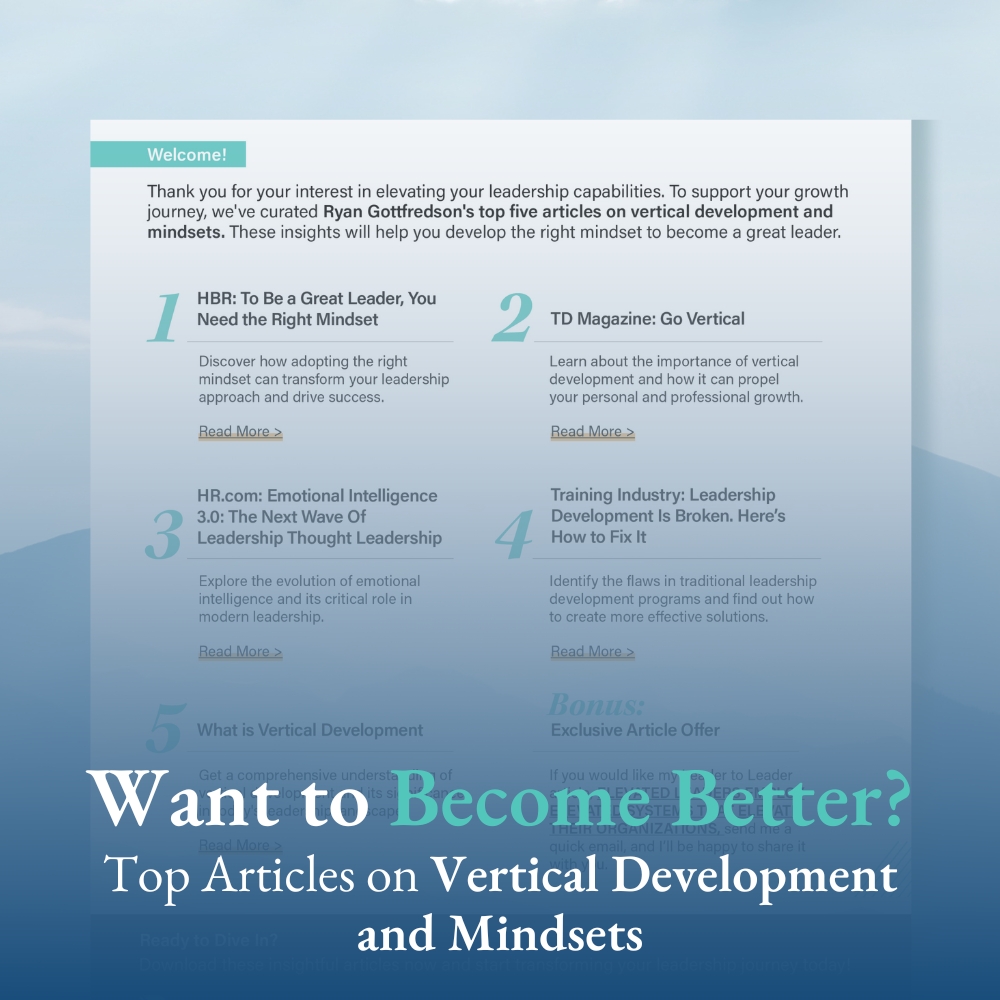Hermit crabs live in shells. As they grow, they need to move into bigger and bigger shells. The process of upgrading shells is called “molting.” The molting process takes 4-8 weeks and hermit crabs will molt every 12-18 months. Since hermit crabs can live for more than 30 years, this means that they can potentially molt 30 times in their lifespan.
I imagine that it can be quite scary to molt, just as it can be quite scary to move from one location to another. It means letting go of things we are comfortable with, putting ourselves out in the unknown for a period of time, and readjusting to a new setting.
Molting is Similar to Vertically Developing
The more I come to learn about vertical development, I see a lot of parallels to molting.
First, let’s define vertical development. Vertical development is elevating our ability to make meaning of our world in more cognitively and emotionally sophisticated ways.
Implied in this definition is the fact that we have to go from making meaning of something in one way (e.g., seeing failure as something to avoid) to seeing that very same thing in a different way (e.g., seeing failure as an opportunity to learn and grow).
We are having to let go of, or shed, beliefs that have made sense and generally protect us, and we have to adopt different beliefs that probably feel uncertain and scary.

Examples of Beliefs We May Have to Shed as We Vertically Develop
As I work with leaders to help them vertically develop, I see a lot of different self-protective that (1) are protecting them in some way, but (2) are also limiting them and preventing them from being a more effective leader. Let me share some of these:
- If I don’t multitask, then things will get out of control and we will fall behind
- If I pay attention to others, then I won’t be able to contain the situations I encounter and that will lead to the disappointment of others
- If I step forward and take risks, then I’ll make a mistake and look bad, which will cause me to lose credibility
- If I take initiative, then I may make the wrong decisions, which will cause me to lose credibility
- If I use my creativity, then I’ll look stupid
- If I don’t point out the faults of others, then the organization will struggle
- If I personally engage with peers, then I will experience unpleasant feelings and I might get judged
- If I see to understand those I work with, then I might have to change my focus and convictions
- If I live in the moment, then I won’t be prepared
- If I assume the positive, then I will be blindsided
- If I am patient, then I’ll lose interest
- If I engage in conflict, then I will alienate them and they will close down
- If we stretch outside our comfort zone, then our outcomes won’t be predictable, certain, or consistent.
These are all very valid and self-protecting beliefs.
But, they are also limiting beliefs that are holding these leaders back from having a more positive influence.
Shedding our Self-Limiting Beliefs
As we go through life, if we want to elevate our ability to be a positive influence to those within our sphere of influence, we will need to shed our self-limiting beliefs. And, this is no small feat.
If it takes a crab 4-8 weeks to shed a physical shell, how long do you think it might take to shed our beliefs and take on a new belief?
I might venture to say that it takes at least that amount of time. Shedding beliefs generally doesn’t happen overnight. But, it is possible to shed our beliefs.
The first step to doing so is to awaken to our limiting beliefs.
If you would like to engage in coaching to awaken to your valid, but limiting, beliefs in an effort to vertically develop, please email me. I am going to be doing one-on-one or small-group coaching calls:
- $300 per person for one 2-hour small-group coaching call (you could join with strangers or put a group together)
- $1,000 for one 2-hour one-on-one coaching call
These coaching calls involve:
- The best vertical development exercise I have found that helps you uncover (1) limiting self-protective beliefs, and (2) the underlying mindset(s) that is driving your limiting self-protective beliefs.
- The development of a personal vertical development plan.











One Response
Good article